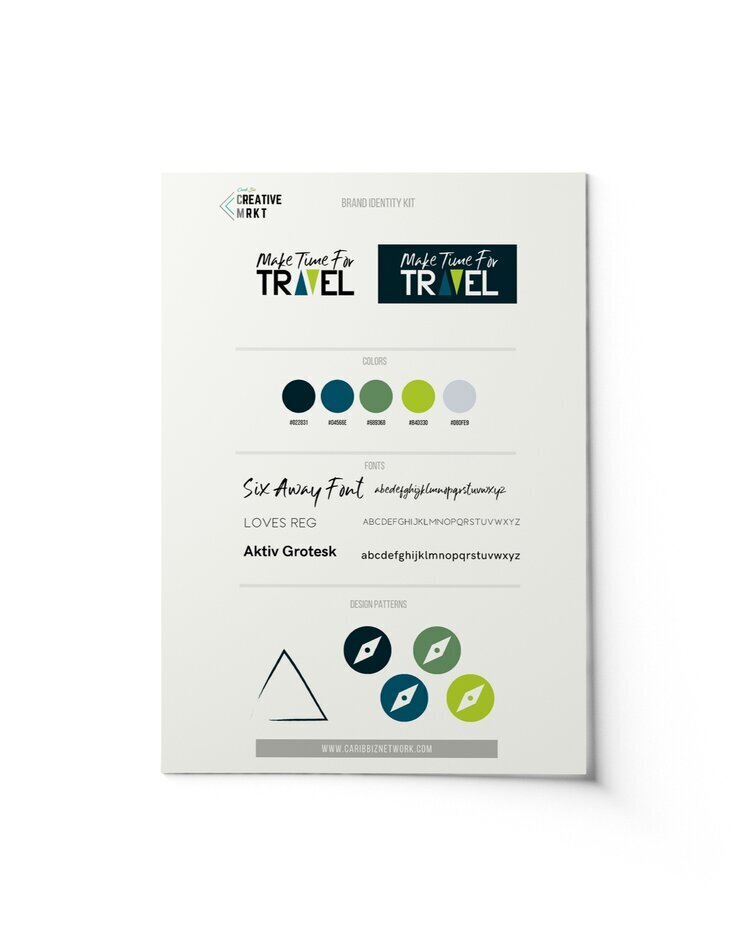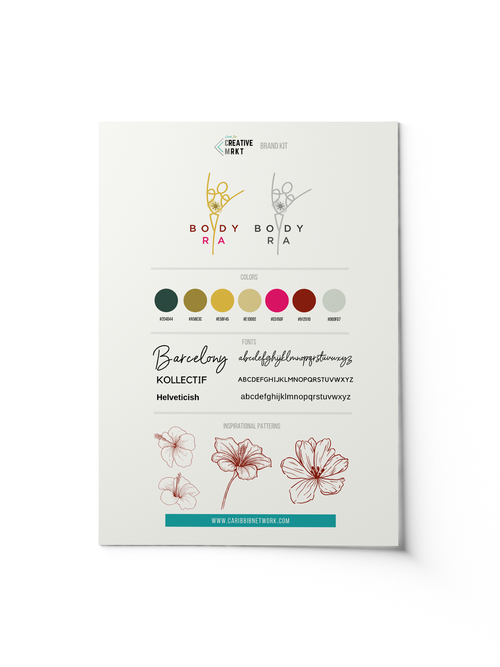Why Your Business needs a Brand Style Guide
In the dynamic world of entrepreneurship, establishing a brand identity that's memorable and consistent is nothing short of essential. And that's where a brand style guide comes into play. For new businesses, in particular, the importance of a well-crafted brand style guide cannot be overstated. It's not just a set of design rules and color codes; it's the blueprint of your brand's personality, the guiding light in your marketing endeavors, and the key to making a lasting impression on your audience. In this blog post, we'll delve into why creating a brand style guide is not just a "nice-to-have" but a "must-have" for any budding business looking to stand out, connect with customers, and navigate the challenging landscape of brand consistency.
WHAT IS A BRAND STYLE GUIDE?
A brand style guide is a rulebook containing specifications on everything that plays a role in the look and feel of your brand. It takes your mission, vision and values and translates it into a signature design. It also tells everyone exactly how to communicate your brand. Think of your brand identity as your company’s persona. It’s how the world recognizes your business and begins to create trust with you. If someone changes how they look and act all the time, you may not feel like you know who they are, and would likely cause you not to trust them.
So how do you create a brand style guide? You need a few important components.
Brand Story
Typography
color
logos &
p a t t e r n s/designs
ELEMENTS OF A BRAND STYLE GUIDE
Brand Story: This is a simple summary will give people insight into the heart and soul of your company. It includes your brand mission statement and vision.
Logos: This section of your brand style guide ensures your logo is used in the way you intended regardless of the setting/context. It specifies all forms of your logo including different color forms and layout. This section also includes a primary and secondary logo.
Color Palette: Defining a brand palette will help towards creating a consistent look and feel. This generally includes ~4 colors that are the signature colors of your brand and specifics these colors via CMYK, hex codes and rgb values.
Typography: Your brand should define the fonts that it will use consistently. A good rule of thumb is to use different fonts than the one in your logo, since the contrast will help it stand out. Generally, you should elect at least two main fonts that define your brand.
Patterns: The image/patterns section in your style guide will indicate defining designs that are part of your brand. These can include decorative elements as well.
EXAMPLES OF SIMPLE BRAND IDENTITY KITS (EXCLUDES THE BRAND STORY)
Your brand style guide is a living, breathing document. You will end up learning what works as you use it, and you can always add to it or adjust the information. The most important thing is to set a solid foundation by creating one. But recognize that this will change for your brand over time.
Your business is more than just the products or services you sell. A strong brand tells the world why they should choose you over all the other options on the market. A brand style guide tells your team how to stay true to that brand. Good Luck!





